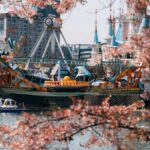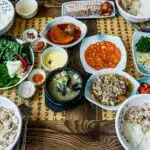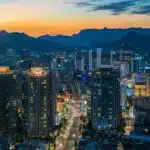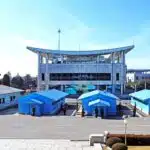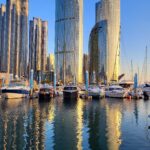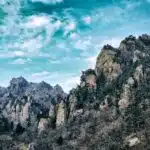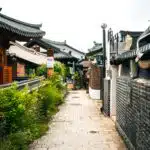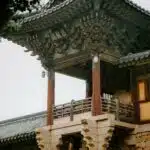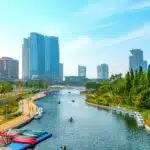Jeju Island, often referred to as the “Hawaii of South Korea,” is a stunning volcanic island located off the southern coast of the Korean Peninsula. Renowned for its breathtaking natural beauty, Jeju offers a diverse landscape that includes lush green forests, dramatic cliffs, and pristine beaches. The island is home to Hallasan, South Korea’s highest mountain, which features a dormant volcano and a crater lake at its summit, attracting hikers and nature enthusiasts.
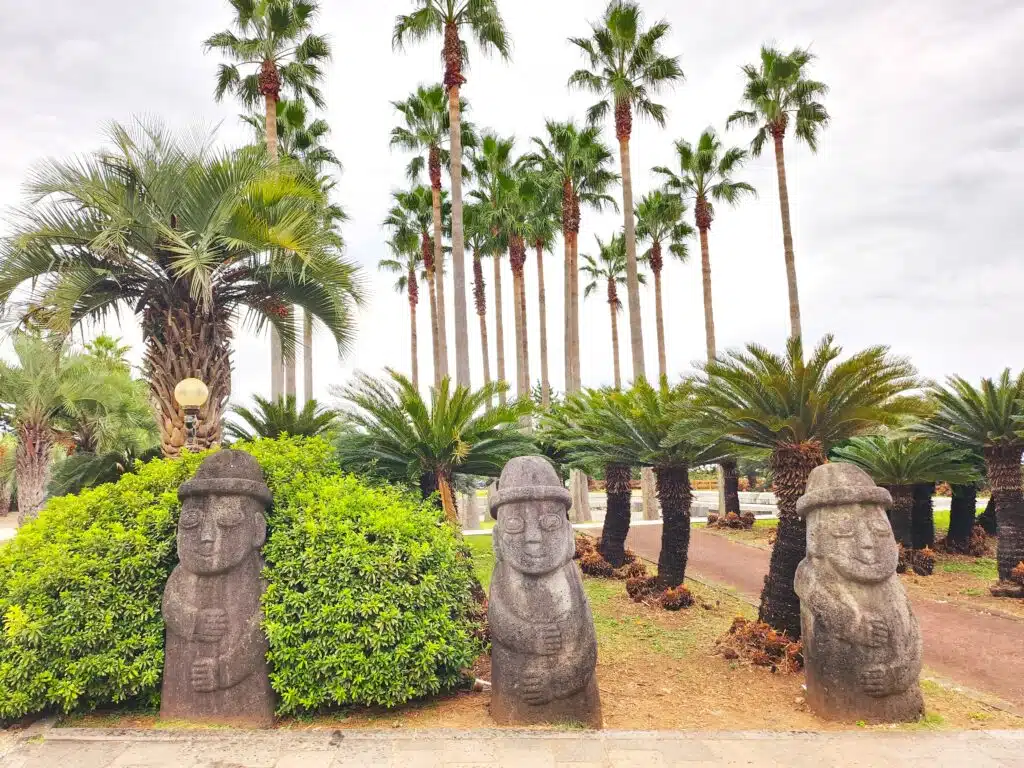
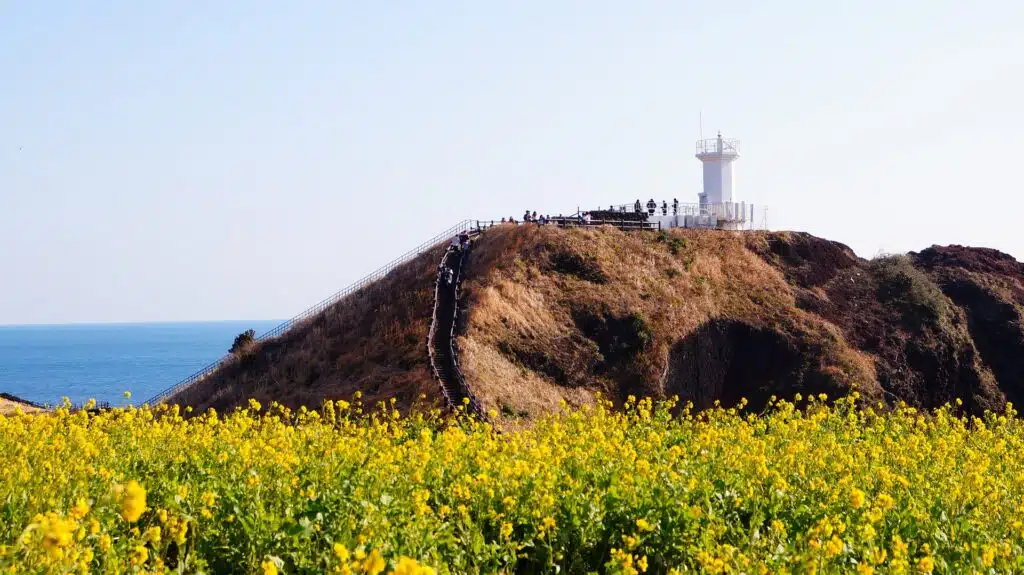
Jeju’s coastline is dotted with unique rock formations, such as the Jusangjeolli Cliffs and Seongsan Ilchulbong (Sunrise Peak), a tuff cone offering spectacular sunrise views. The island also boasts picturesque waterfalls like Jeongbang and Cheonjiyeon, which cascade into the ocean. In addition to its natural wonders, Jeju is rich in cultural heritage, with traditional villages, such as Seongeup Folk Village, preserving the island’s historical architecture and customs.
The island’s temperate climate and fertile soil make it an ideal place for growing a variety of crops, including citrus fruits, which are a local specialty. Jeju’s cuisine is also noteworthy, featuring fresh seafood and unique dishes like black pork and abalone.
What to Visit in Jeju Island
Hallasan National Park: Home to Hallasan Mountain, the highest peak in South Korea, this park offers various hiking trails with breathtaking views, diverse flora and fauna, and the picturesque Baengnokdam Crater Lake at the summit.
Seongsan Ilchulbong (Sunrise Peak): A UNESCO World Heritage site, this tuff cone formed by volcanic activity provides stunning sunrise views and panoramic vistas of the surrounding sea and landscape. The hike to the top is moderately challenging but rewarding.
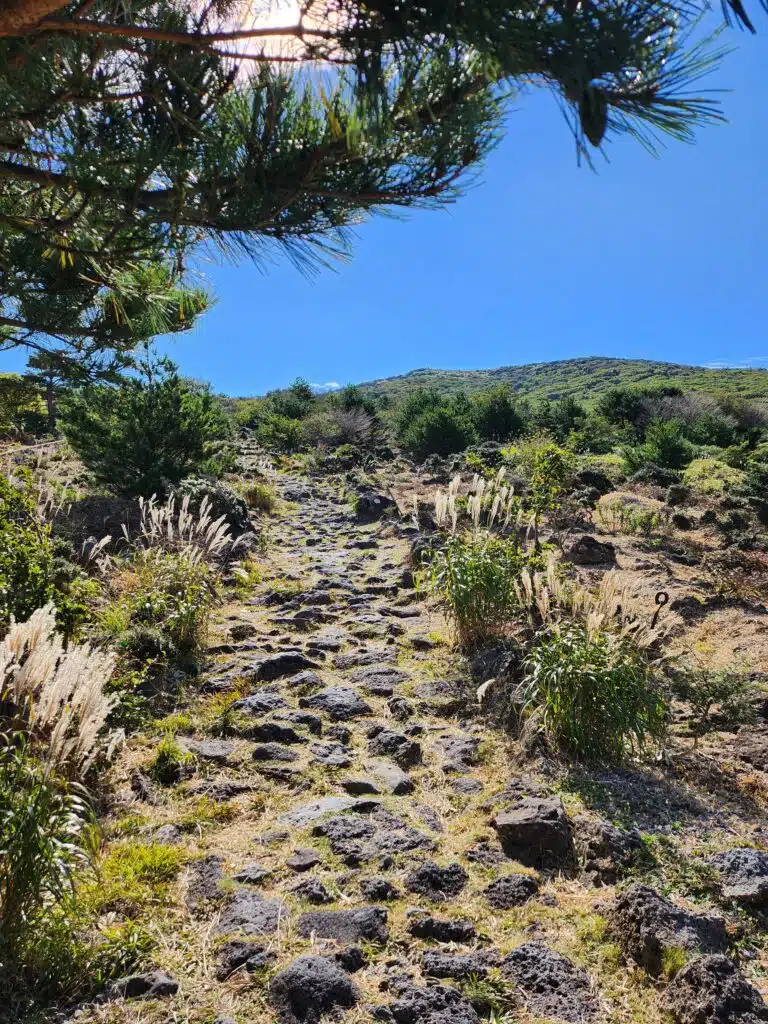
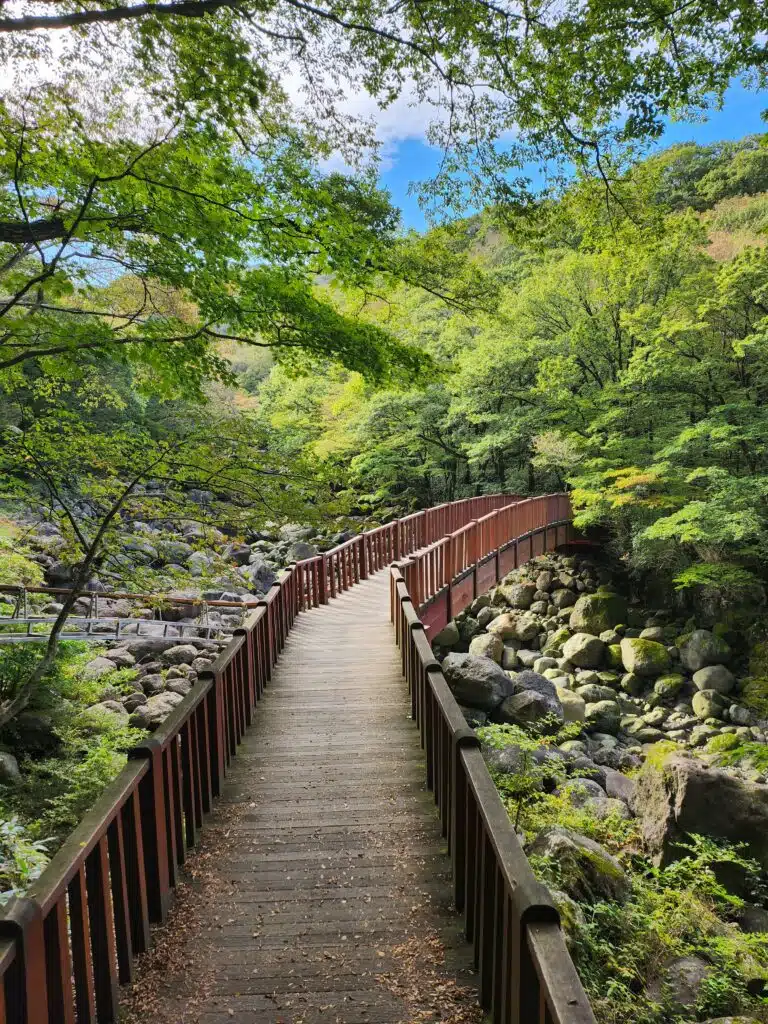
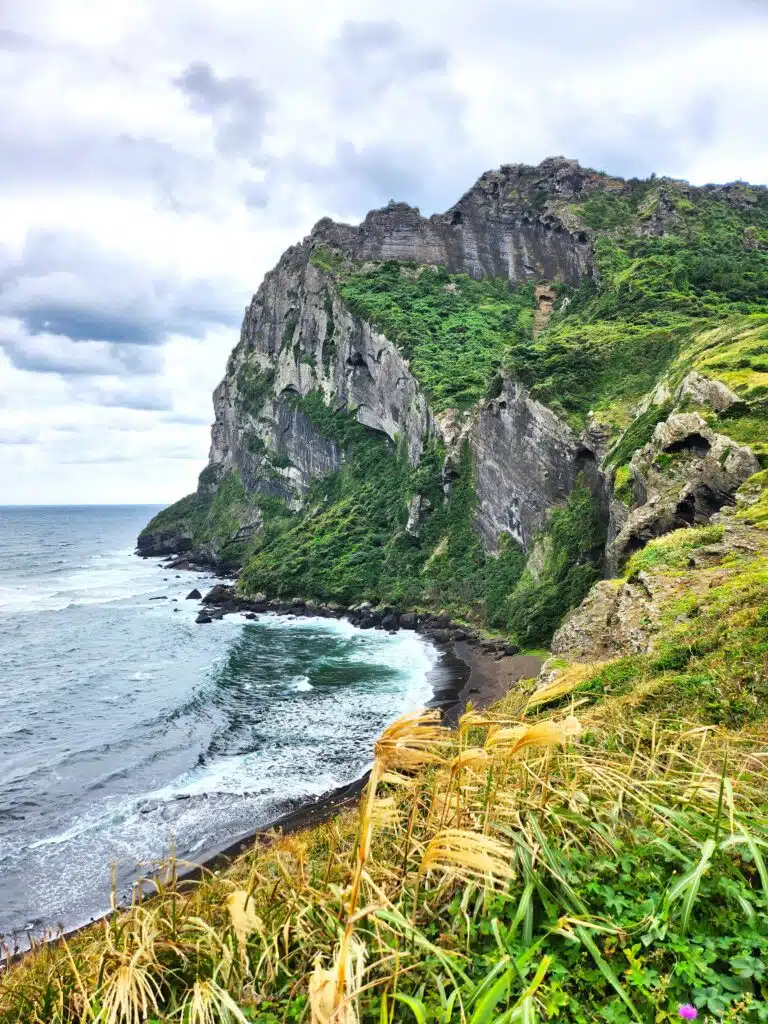
Jeju’s coastline is dotted with unique rock formations in Seogwipo-si region :
- Jusangjeolli Cliffs: These striking hexagonal rock formations along the coast are a natural marvel, formed by volcanic activity and providing stunning views of the ocean.
- Jeongbang and Cheonjiyeon Waterfalls: These waterfalls are among Jeju’s most famous, with Jeongbang cascading directly into the sea and Cheonjiyeon nestled in a picturesque forest setting.
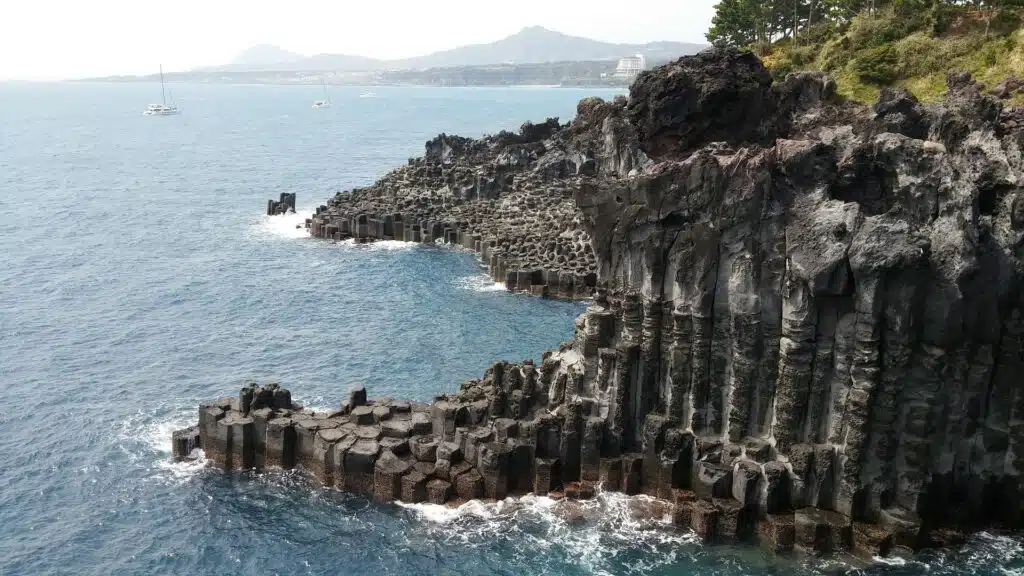
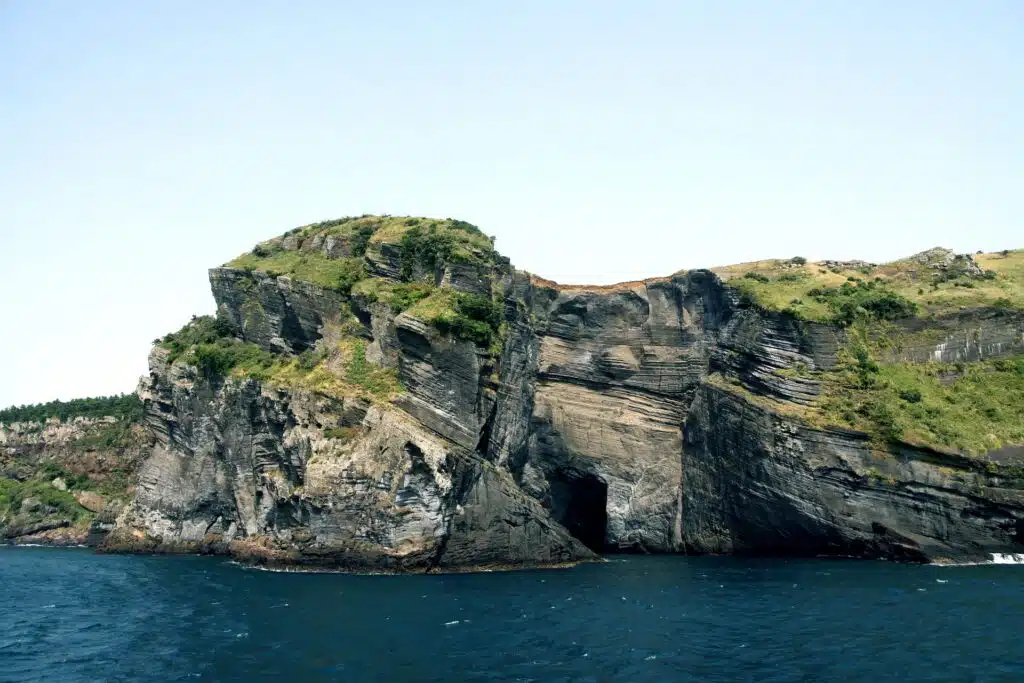
Other attractions :
- Manjanggul Cave: One of the longest lava tubes in the world, this cave features fascinating rock formations, stalactites, and stalagmites, offering a unique underground adventure.
- Jeju Loveland: An outdoor sculpture park focused on themes of love and eroticism, offering a whimsical and mature artistic experience.
- Seongeup Folk Village: A traditional village that offers a glimpse into Jeju’s historical architecture and way of life, with well-preserved thatched-roof houses and cultural artifacts.
- Olle Trails: A network of scenic walking paths that traverse Jeju’s diverse landscapes, including coastal paths, forest trails, and rural countryside routes.
- Hyeopjae Beach: Known for its clear turquoise waters and soft white sands, this beach is perfect for swimming, sunbathing, and water sports.
- Haenyeo : often referred to as “sea women,” are an iconic and integral part of Jeju Island’s cultural heritage. These remarkable women divers are renowned for their exceptional ability to harvest seafood by free diving without the use of breathing apparatus. Their practices and traditions have been passed down through generations and have earned them a place on UNESCO’s Intangible Cultural Heritage list.
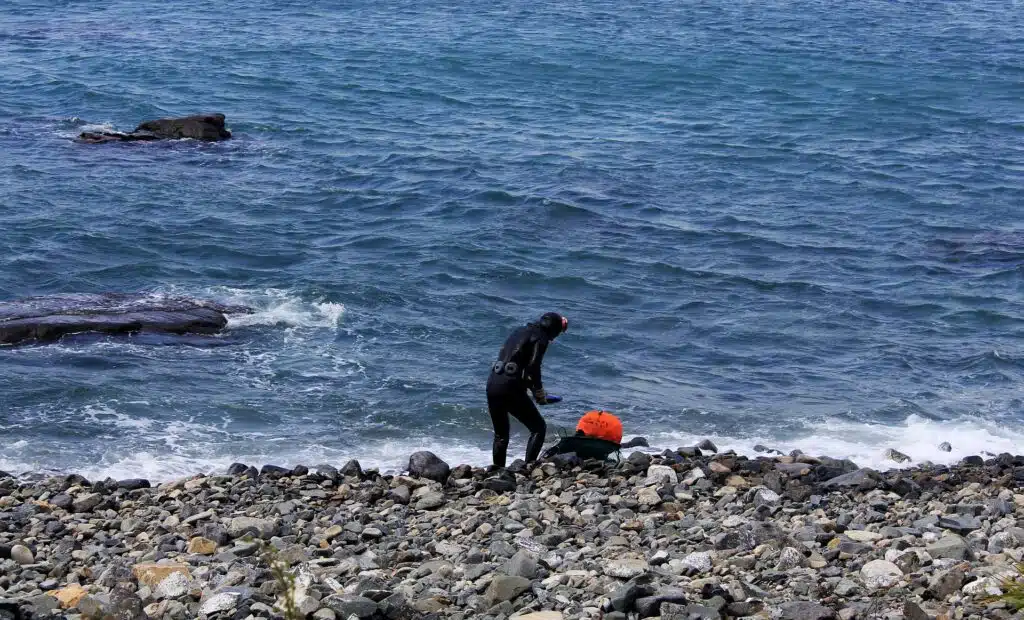
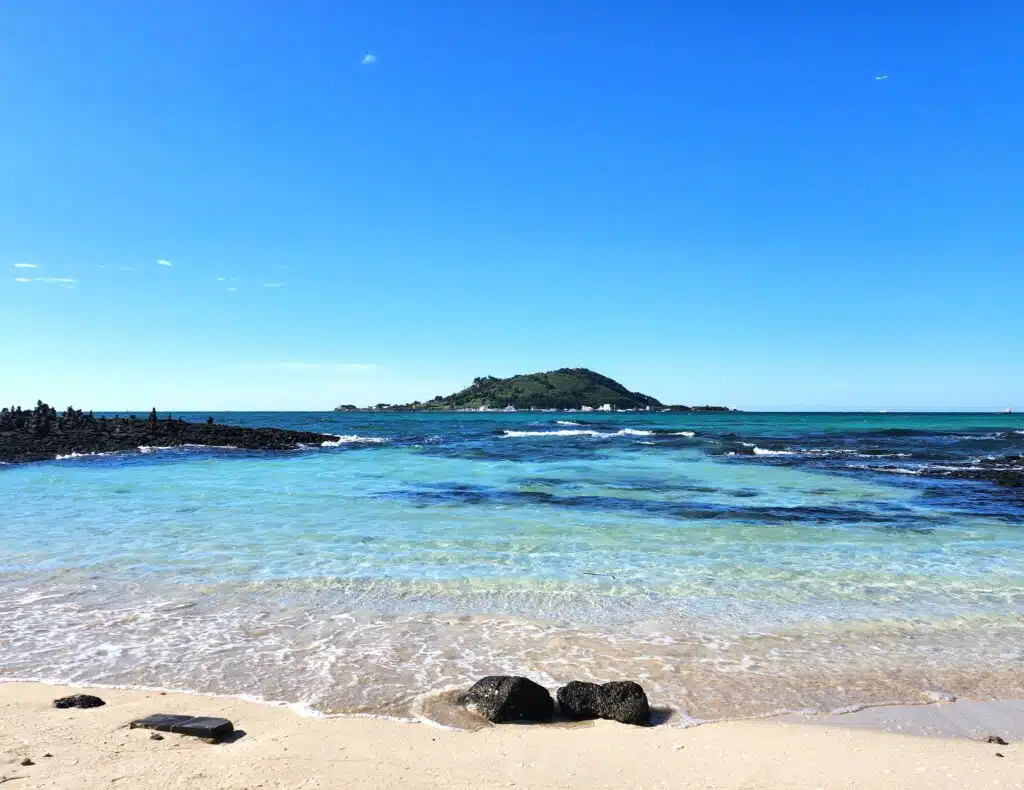
Tips for Traveling to Jeju Island
- Transportation: Renting a car is highly recommended for exploring Jeju, as public transportation can be limited and many attractions are spread out across the island. Alternatively, guided tours and taxis are available.
- Best Time to Visit: The ideal times to visit Jeju are spring (April to June) and autumn (September to November) when the weather is pleasant, and the natural scenery is at its best. Summer can be hot and humid, while winter is mild but can be windy.
- Accommodations: Book accommodations in advance, especially during peak travel seasons. Jeju offers a range of options from luxury resorts and hotels to guesthouses and traditional hanok stays.
- Local Cuisine: Don’t miss trying local specialties like Jeju black pork, fresh seafood, and hallabong (a type of citrus fruit). Seafood markets and local restaurants offer a taste of the island’s culinary delights.
- Language: While Korean is the primary language, many tourist spots have English signage, and younger Koreans may speak some English. Learning a few basic Korean phrases can be helpful.
Jeju is a popular destination for both domestic and international tourists seeking adventure, relaxation, and a taste of Korean culture in a serene and picturesque setting.

